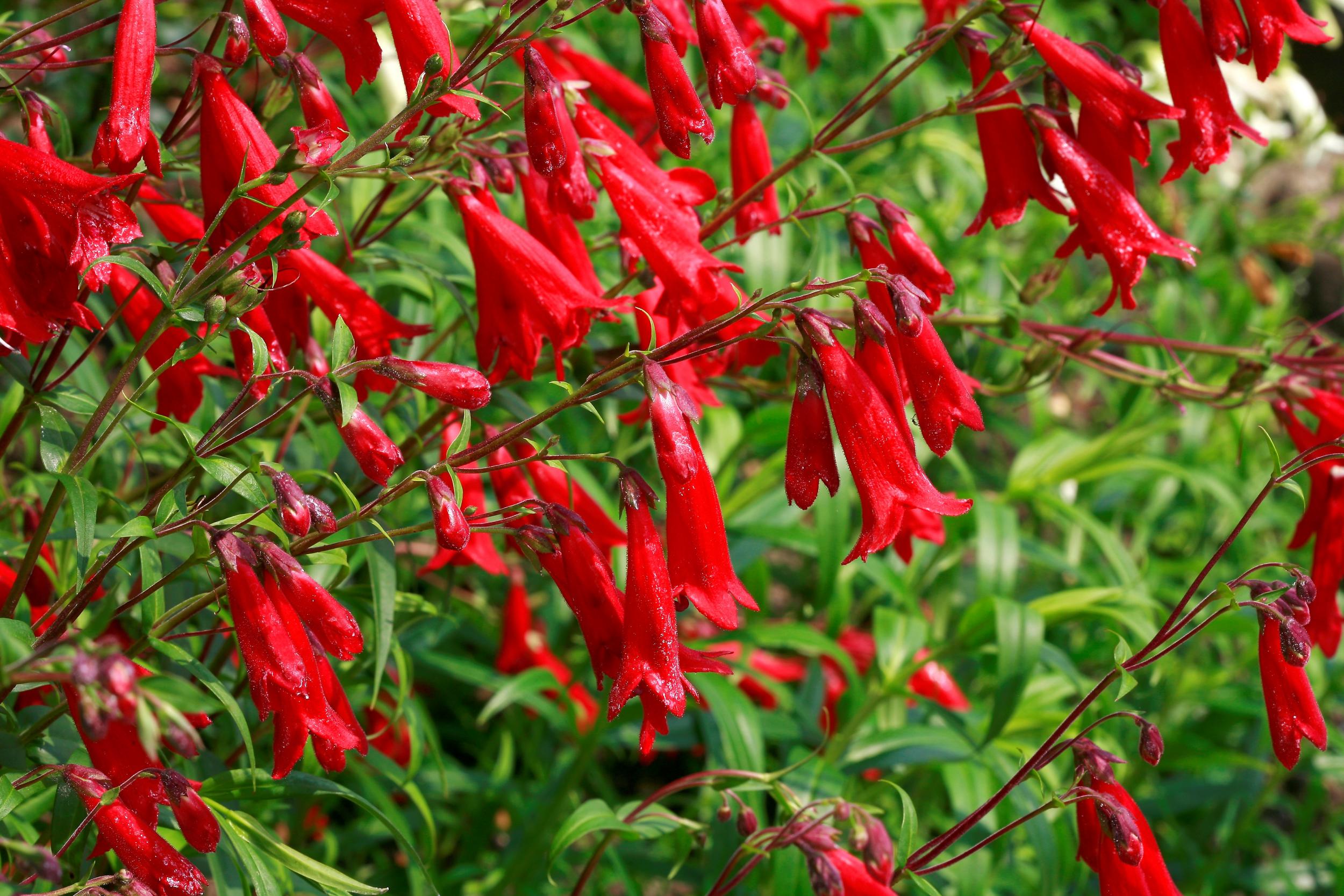How to take your garden to the next level this spring
Nothing beats planting a few seeds and waiting for a wall of colour to grow

Almost everything we encounter in life has three stages – anticipation, experience and memory.
Of these, anticipation is the most satisfying, one could argue, because it fills us with all the joy of the achievement with none of the subsequent failure or regret. Here, on the threshold of the growing season, the gardener salivates over the prospect of trying new plants.
How does one elevate the experience to the level of anticipation? One way is to be discerning not just in the type of plant selected, but also in its variety. Not all varieties of the same plant are equal, and one that performs well in one place may flop in another. It pays to be picky
Take the purple coneflower, one of the champions of the sunny perennial garden. There are a few cultivated varieties worth planting. Magnus is commendable – vigorous, perky and a strong rose-pink colour. But many of the fancy coloured hybrids, in reds, oranges and yellows, have proven poor performers, melting away like the Scotch mist.
In a three-year study of coneflower varieties, horticulturists at Mt Cuba Centre in Hockessin, Delaware, tested more than 40 varieties, giving Magnus a high rating but evaluating a few as even better, including Pixie Meadowbrite, short and floriferous; Elton Knight, with vivid magenta flowers and clean dark green foliage; and Fatal Attraction, tall, statuesque and scented. The coneflower is superb – its black seed heads haunt the garden in autumn and winter – but pick the right one.
The purple coneflower (Echinacea purpurea) is the standard-bearer, but a couple of its cousins deserve more use, including the pale coneflower (E pallida), whose thin petals droop down from the central cone agreeably and dance in the breeze. A variety named Hula Dancer blooms extravagantly.
Another species of distinction and underuse is E tennesseensis, a perfect coneflower for dry sites and distinguished by discrete, outstretched petals, an effect somewhere between the other two coneflowers. These plants are heartily commended by Jared Barnes, an assistant professor of horticulture at Stephen F Austin State University in Nacogdoches, Texas.
If you have a sunny and free-draining site, penstemons are elegant and long-flowering perennials that tend to draw pollinators
He’s also a big fan of the black-eyed Susan’s big brother, Rudbeckia maxima, a towering daisy that will take a range of soil conditions, including wetness. There are no cultivated varieties that I know of. They are spindly, so plant a group of them. Barnes wants us to grow another sculptural perennial, the eryngium known as rattlesnake master, and asks: “Why don’t we all have this plant? I just planted 70.”
If you have a sunny and free-draining site, penstemons are elegant and long-flowering perennials that tend to draw pollinators. Some dislike humid summers and hard winters, but the key to their survival is to give them free-draining soil, especially during winter dormancy. Don’t plant them in heavy clay or smother them in mulch.
Penstemons are like salvias; a whole world of species and varieties awaits the curious. Barnes suggests a species named Penstemon tenuis, which can take wetter conditions and produces a cloud of violet-purple blooms in late spring. Then there’s P murrayanus, a lanky orange-red penstemon with coarser leaves, Barnes says. Some of these penstemons are tricky to find, but you can get seed from various sources. Most will germinate willingly in seed trays and, once in the garden, will flower heartily in their second season, within their comfort zone.

The Stokes aster is one of my favourite summer perennials and grows happily in hot, humid conditions. It forms robust clumps smothered in fluffy daisies. The bare bases would benefit from some low-growing companion, cranesbill or leadwort, perhaps. Why Stokes aster isn’t more used is a mystery. The variety Peachie’s Pick is widely favoured for the size, quantity and endurance of its blooms.
One perennial that is commonly available and universally liked is the threadleaf bluestar, Amsonia hubrichtii, which sports powder blue blooms in spring but is most valued for the fine texture of its foliage and golden colouration in the autumn. I’ve seen it effective in block plantings, or you might use it as an accent plant – say three in a field of low-growing grasses.
Gardening tip: shredded mulch – bark is more durable than wood – should be no more than three inches thick and kept well away from the trunk flares of trees. Mulch “volcanoes”, while common, are injurious to trees and to be avoided.
© The Washington Post
Join our commenting forum
Join thought-provoking conversations, follow other Independent readers and see their replies
Comments
Bookmark popover
Removed from bookmarks